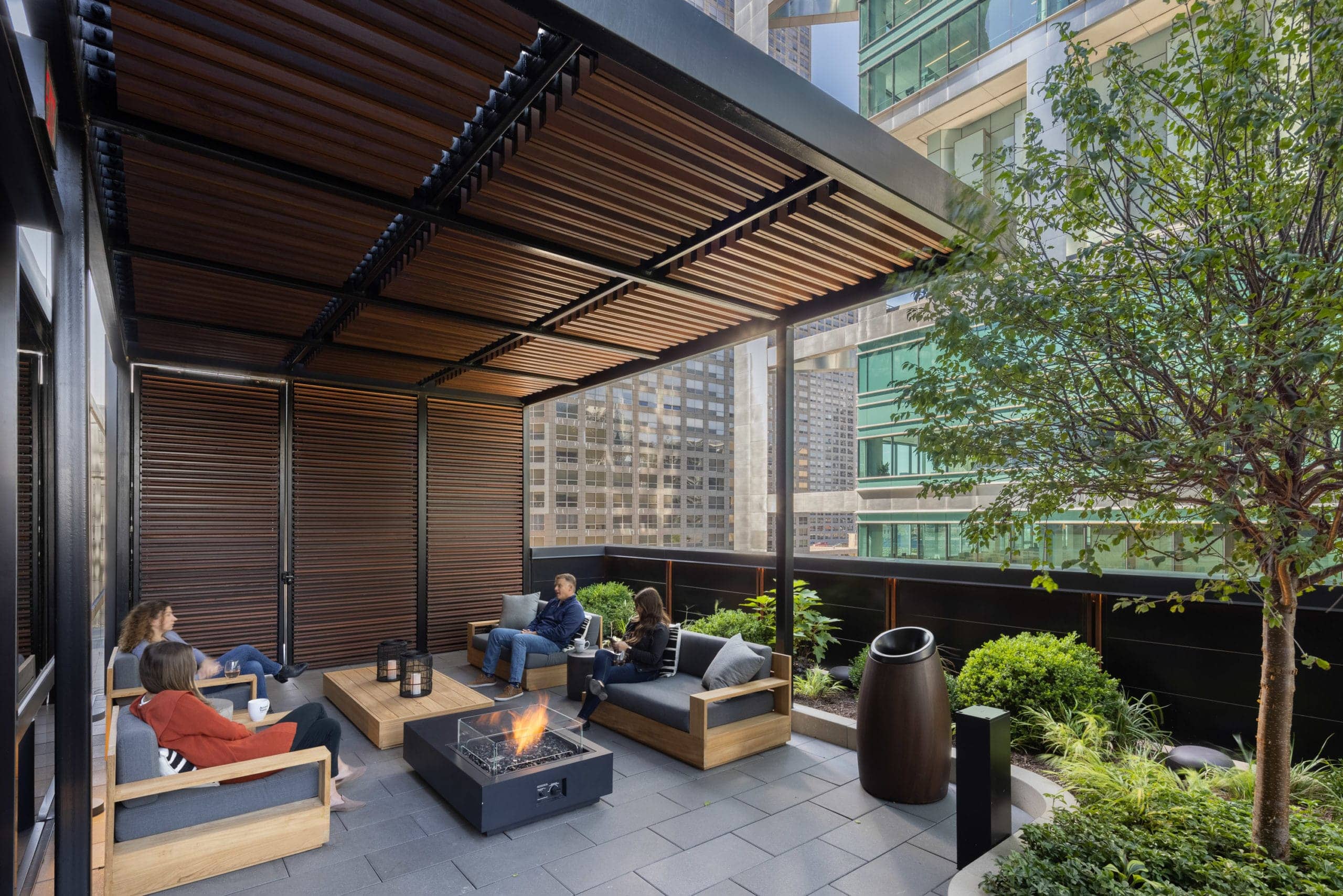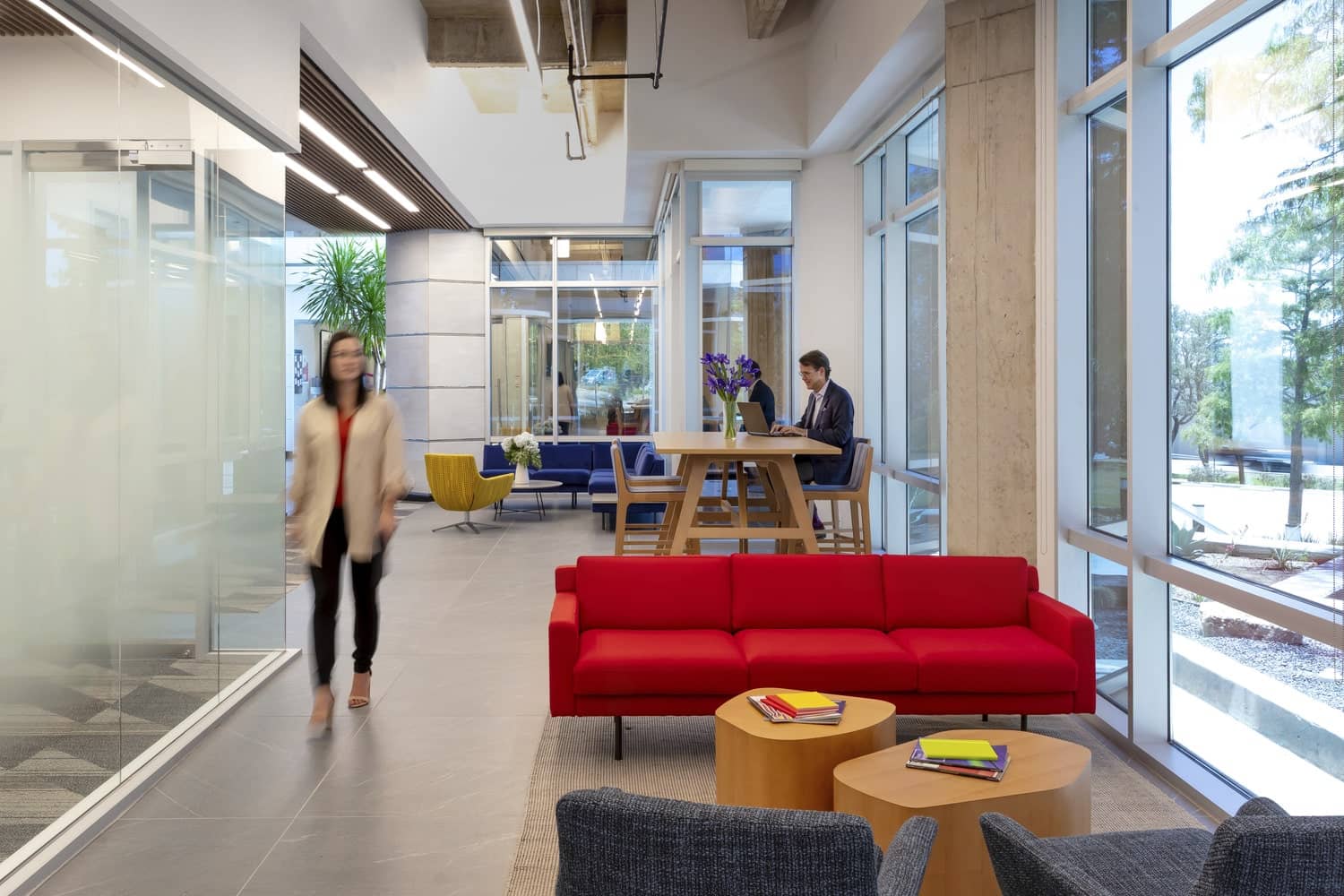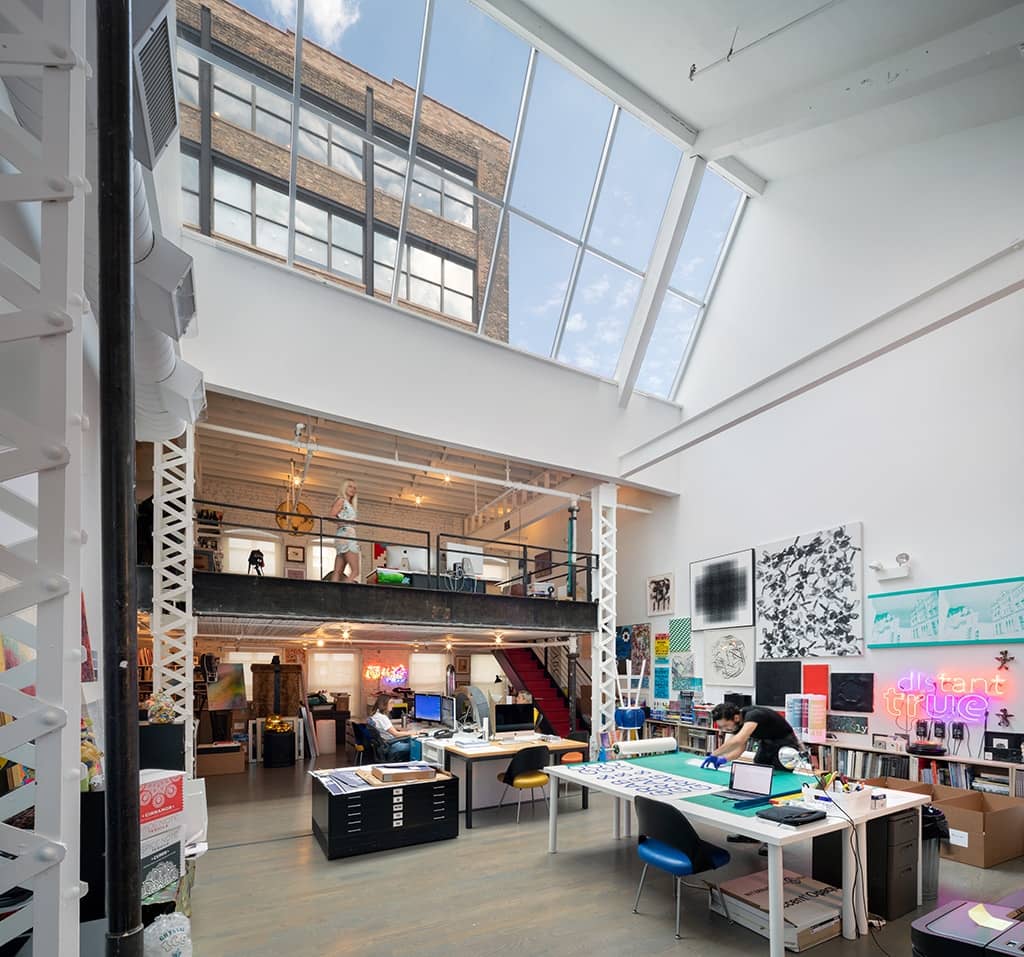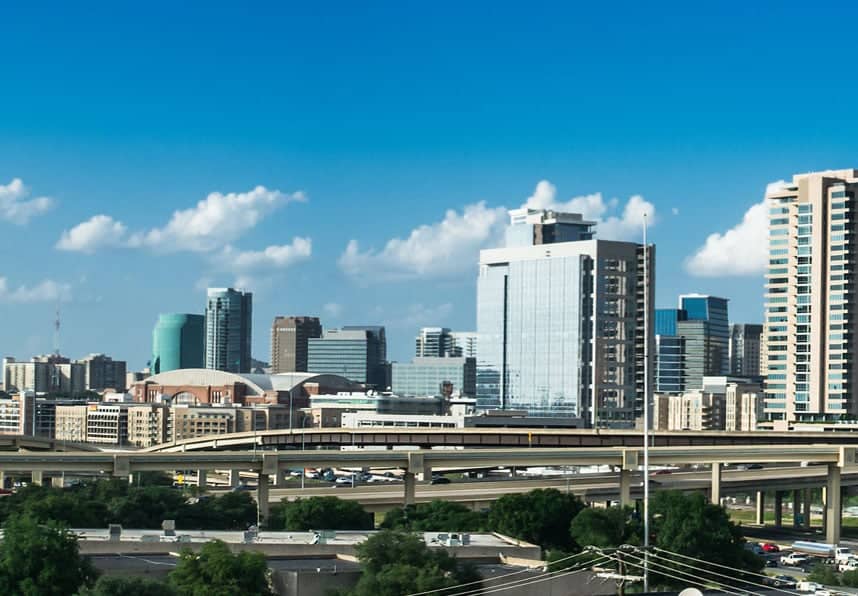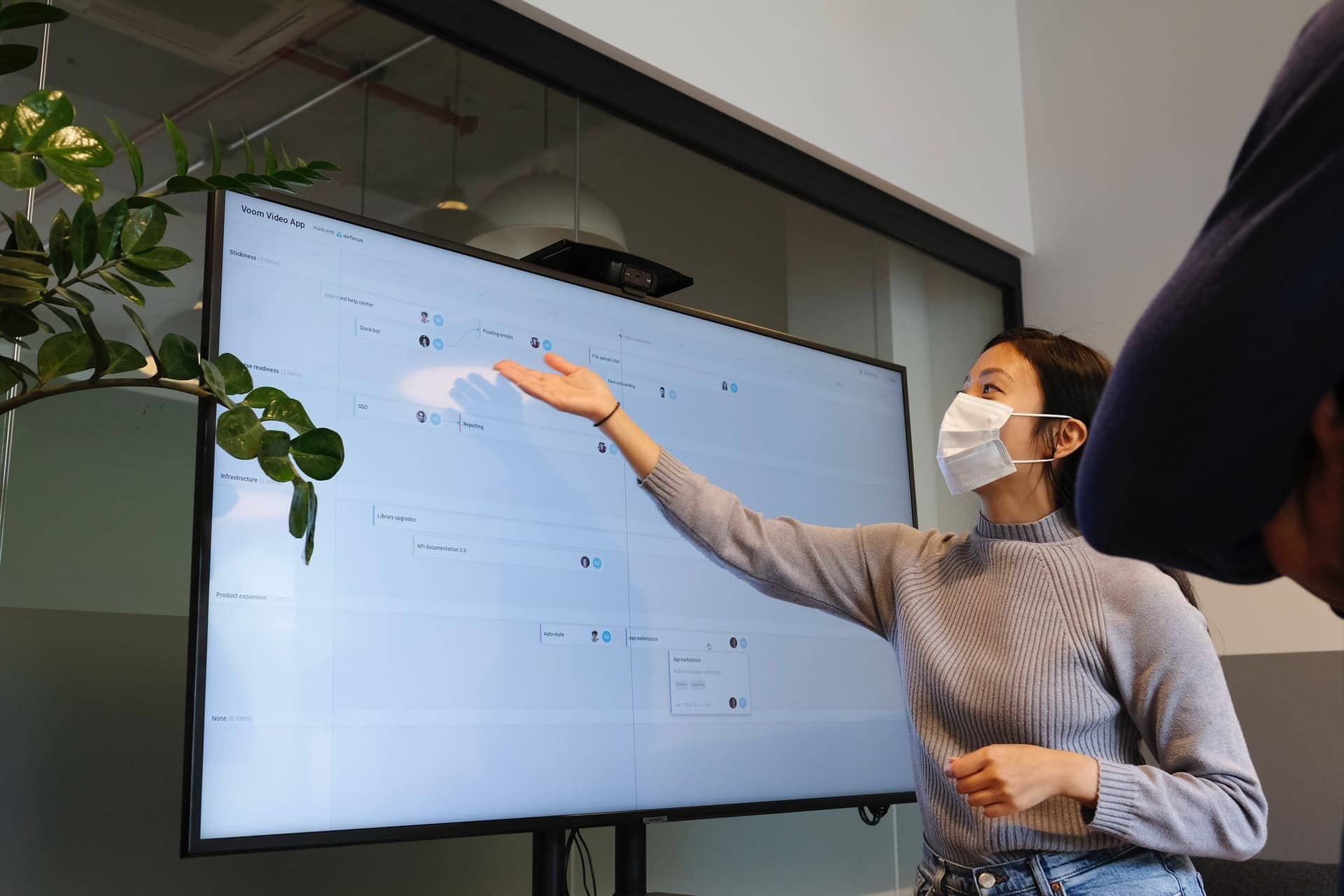Employees are demanding more. Public health sectors are demanding more. Our environment is demanding more. And, as noted in May 2022, Environmental, Social and Governance (ESG) has become a paramount focus.
With Gen Z entering the workforce during record-low unemployment — and many still wary about returning to the office — it’s just not enough to have healthful environments; workers want them to be environmentally healthy. This is also true for Millennials, who now make up the largest generation in the labor force. Employees want to work for companies that walk the walk with ESG.
“As the world has grown more concerned with combatting widespread issues like climate change and social injustice,” says KBS CEO Marc DeLuca, “the environmental, social, and governance movement has gained momentum to ensure businesses are doing their part, by transparently reporting to investors and stakeholders their positive and negative impacts on the environment and society.”
KBS’ commitment to ESG includes the recent appointment of a new ESG manager, Apaulo Malloy, who directs and oversees KBS’ ESG efforts as a proactive strategy to drive the firm toward a sustainable future. Malloy heads their “Green Team,” working to identify and track key performance indicators for the company’s ESG goals.
But how can other CRE developers and building owners demonstrate true commitment and sustainability while proving they’re not just “green washing”?
Green washing — a term for companies that use environmentally conscious language in marketing, yet fail to make any real, substantive changes — is a concept familiar with most sustainability-concerned people, particularly younger workers.
Demonstrating ESG Through Verification and Certification
While the UL Verified Healthy Building Program verifies that a building’s internal functions have been evaluated and deemed safe for occupants, Green building certification systems are focused more on the design and construction of a building itself (including materials, water and waste management, etc.).
Here in the United States, the major building certification program is LEED, which is an acronym for Leadership in Energy and Environmental Design. LEED is the most widely used green building rating system, run by the United States Green Building Council (USGBC). Buildings can earn LEED certification with the accumulation of LEED Points. The higher the points, the higher the rating, with Platinum being the highest. Other levels are Gold, Silver and Certified.
LEED Points are broken into nine major categories:
- Location and transportation
- Sustainable Sites
- Water efficiency
- Energy and atmosphere
- Material and resources
- Indoor environmental quality
- Innovation
- Regional priority
- Integrative process
LEED considers itself a holistic rating system; it factors in all elements of environmental and human health essential for a “green” building.
The Global ESG Benchmark for Real Assets (GRESB) is another prominent system for assessing and optimizing ESG efforts. GRESB is an organization that provides actionable and transparent ESG data to financial markets. One of its primary products is a GRESB Real Estate Assessment for ESG performance and sustainability best practices, which is available to CRE companies worldwide. The Assessment provides validated data and analytical tools to benchmark ESG performance, identifying areas for improvement and finding ways to engage with investors.
GRESB places focus on what investors and other industry stakeholders consider to be the key issues for sustainability performance for real estate investments. In 2021, the organization provided assessments to more than 1,500 property companies, REITs, funds and developers. Those assets — totaling almost 117,000 in 66 countries – represented $5.7 trillion in assets under management.
The Real Estate Assessment generates two benchmarks:
- The GRESB Real Estate Benchmark – targeted to management and performance
- The GRESB Development Benchmark – targeted to management and development
The focus on ESG is driving more and more companies to require the integration of environmental and sustainability elements into many aspects of their business.
“The desire to incorporate ESG factors in the industry has even trickled down into CRE leases. Leases, which include various provisions to promote energy-efficiency and environmental sustainability, are often referred to as ‘green leases.’ Green leases can be tailored to meet landlord and tenant requirements, as well as building specific needs,” according to JD Supra.
CBRE expanded on the green lease concept at its April 2022 client forum, stating that “… Green leases are a movement in which occupiers agree to share some of the energy use responsibilities and work with property owners to achieve energy reductions. This is a movement that occupiers can help drive. If occupiers are demanding more environmentally conscious spaces and efforts, complying is in property owners’ interests. According to CBRE’s most recent Occupier Sentiment Survey, more than 70% of respondents indicated that reducing greenhouse gas emissions is their top priority.”
The drive for all of this is creating an urgent shift to more superior building technologies and many investors are formally including carbon neutrality objectives in new investment strategies.
Conserve Energy Future lists the top Sustainable Tools and Technologies in Green Construction, which includes:
- Solar power
- Biodegradable materials
- Green insulation
- Smart appliances
- Sustainable resource sourcing
- Low-energy and zero-energy buildings
- Low-emitting materials
- Water-efficiency technologies
- Sustainable indoor environment technologies
While these Sustainable Tools and Technologies focus on materials and elements, the look and feel of the buildings are left to the designer’s imagination. One major shift is an emphasis on outdoor spaces, which workers are demanding, particularly in the post-COVID world.
Fast Company did a deep dive on the subject in April 2021, finding that it’s about what employees want and the innovative ways in which companies are responding. Designs for new and renovated offices are including more green spaces where workers can get away from their desks to get outside for daylight, fresh air, proximity to plants and greenery, etc. If actual access to the outdoors isn’t possible — such as with an inner-city high rise — simulations may be doable, and architects and designers are getting creative with ways to bring the outdoors in. This trend is expected to be in high demand for years to come.
A shift has most definitely occurred and investors should be thinking Green when they want to see green. After all, sustainability is a solid investment. Developers who don’t have a solid plan for sustainability are likely to struggle to attract capital which was discussed at length in “The Role of Commercial Real Estate in Sustainability.”
It’s not just the best way to go for the planet, but employees want companies with a purpose, and they need to demonstrate that purpose “from the foundation up.” This concept can be applied both literally and figuratively.
Additionally, many states are instituting aggressive goals for reducing greenhouse gas emissions — particularly the largest employer states, California and New York. Regulatory pressure on the local, state and federal level will continue to build and get even more stringent. CRE developers who are ahead of health-and-sustainability-innovation game will be leading the charge — and not fighting to keep up.
Discover more on ESG and commercial real estate, visit KBS.com/Insights.
